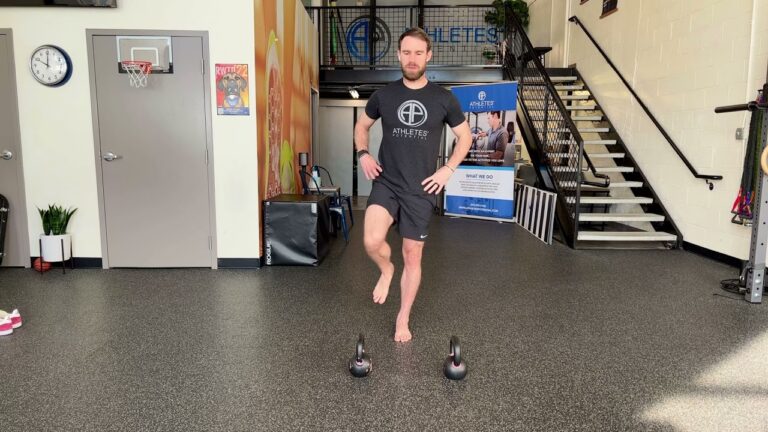It sounds simple but science has revealed interesting stuff from that easy balance test. Dubbed the one-leg balance test, the quick check may say so much about your health more than you can imagine. Recent studies linking balance ability to potential risks of death say that a person who is not capable of standing on one leg may die faster within the next ten years.
The one-leg balance test is simple: it is only a matter of standing on one leg for some given period, usually close to 10 seconds. Such an activity has been researched as it turns out to surprisingly correlate with longevity. Such a test has been used in different health studies on how the ability to balance is correlated with other physical and mental health dimensions.
Do Read:
Medicare Open Enrollment: How to Add or Adjust Your Coverage
The Science Behind the Test
Why would balance predict your lifespan? According to researchers, your balance is related directly to your body’s health and stability. According to researchers in Brazil, adults of middle and advanced age, who failed to stand on one leg for 10 seconds, stood at a considerably greater risk of dying in the following decade. This may seem like an odd connection, but balance relates to coordination, strength in the muscles, and neural function-all very important components of health that deteriorate with age.
How Does the Test Work?
Here’s how you can attempt the one-leg balance test for yourself:
- Stand with both feet on the ground solidly planted.
- Hold for 10 seconds. You may hold your arms by your sides or on your hips.
- Do it with the other leg so you feel equally well on both legs.
- Repeat with the other leg to get a balanced sense of your ability.
You may want to take this test in front of a wall or other structure for support so that you won’t fall down if you’re an older person or you are immobile.
So, what does your balance say about your health? Balance is more than just muscle strength-it’s coordination between various systems in the body. Loss of balance can indicate problems with brain function, muscular strength, and proprioception-your body’s ability to sense its position. Poor balance might signal underlying health conditions that could affect your longevity, making this test useful in evaluating your overall health.
Why Balance Declines with Age
It is things that die after sometime, and balance is one of them. It has been due to the fact that at old age muscle power deteriorates, reflexes are slower and the sense organ power like eyes and ears deteriorate. All these result to a failure of the body to maintain its balance in relation to any substance that is ingested or taken into the body system. The second reason is neurological health. The nervous system, when less active, finds it difficult to coordinate and maintain balance. That is why the test is more informative for middle-aged and older adults.
Improve Your Balance to Add to Your Longevity
The good news? You can improve your balance through constant practice and exercise. Here are a few tips and exercises:
- Practice Standing on One Leg: Start with support, such as holding onto something sturdy, and work up to balancing on one leg without any assistance.
- Incorporate Yoga or Tai Chi: Both are excellent for improving balance and core strength.
- Strengthen Core Muscles: Activities like planks, bridges, and seated twists develop your core, which you rely on for balance.
- Balance Boards: Working out on a balance board strengthens your stabilizer muscles.
Good balance training, aside from providing stability, can further benefit you by extending longevity in general and promoting overall healthful body function at old age.
Who should undergo the One-Leg Balance Test?
This test could be useful for adults regardless of age, though its relevance is especially seen over the age of 50 years. If you are on the younger side and balancing on one leg becomes unmanageable, then maybe it is a wake-up call to work on that now. For the elderly, or those with previous existing health conditions, this can identify potential health risks and problem areas.


